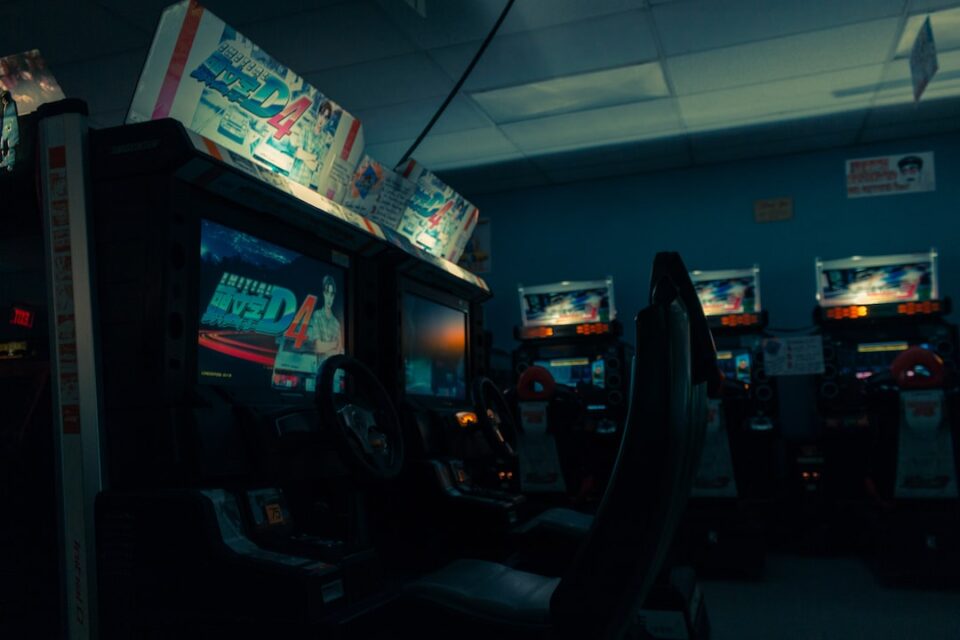The Art of Video Game Design: Behind-the-Scenes Look at Game Development
Video games have become one of the most popular forms of entertainment in the modern world. The advanced graphics, immersive storytelling, and interactive gameplay have captivated millions of players worldwide. But have you ever wondered what goes on behind the scenes of creating these visually stunning and emotionally engaging games? Let’s take a deep dive into the world of game development and explore the art of video game design.
Video game design is a multidisciplinary field that involves various aspects such as programming, art, sound design, and storytelling. It’s the collaborative effort of a team of professionals working together to create an interactive experience for players. Each member of the team plays a crucial role in delivering a seamless and enjoyable gaming experience.
The game development process typically begins with the concept phase. Here, the creative minds of the team come together to brainstorm ideas for the game’s plot, characters, and gameplay mechanics. This phase involves a lot of discussions, research, and prototyping to ensure that the concept is feasible and appealing to the target audience.
Once the concept is finalized, the next step is to create the game’s visuals. This is where the artists shine. They are responsible for designing the characters, environments, and objects that players will encounter in the game. Through drawings, 3D models, and animation, they bring life to the virtual world. It’s a delicate balance between aesthetic appeal and technical functionality, as the artwork needs to look visually stunning while also fitting within the game’s technical constraints.
The sound design is another crucial element in video game development. The sound effects and music help create an immersive atmosphere and give personality to the game. Whether it’s the footsteps of a character, the roar of a monster, or the epic orchestral score, the sound design plays a significant role in enhancing the player’s experience. Sound designers work closely with the artists and programmers to ensure that every sound matches the on-screen action seamlessly.
Programming is the backbone of video game development. The programmers write the code that brings the game to life. They create the mechanics, implement the interactions, and ensure that everything runs smoothly. It’s a complex process that requires expertise in programming languages, physics, artificial intelligence, and optimization. The programmers also work closely with the artists and sound designers to integrate the visuals and audio into the game.
Game development is an iterative process, where the team continuously tests, refines, and improves the game based on feedback. This testing phase is essential to identify and fix bugs, improve gameplay balance, and ensure a smooth and enjoyable experience for players. It may involve countless hours of playtesting, data analysis, and tweaking to achieve the desired result.
One fascinating aspect of game development is the storytelling. In many modern games, the narrative plays a significant role in keeping players engaged and emotionally invested. Game writers and designers craft intricate and captivating stories that unfold through the gameplay, cutscenes, and player choices. They create compelling characters, plot twists, and moral dilemmas that make the virtual world feel alive. The art of storytelling in video games is a unique combination of traditional storytelling techniques and interactive gameplay elements.
Furthermore, the rise of virtual reality (VR) and augmented reality (AR) has taken game design to new levels. VR allows players to immerse themselves in a fully digital world, where they can interact with their surroundings in a more realistic and intuitive manner. AR, on the other hand, blends the virtual and real worlds, overlaying digital content onto the player’s view of the real world. These emerging technologies open up endless possibilities for game designers to create even more immersive and innovative experiences.
In conclusion, the art of video game design is a complex and collaborative process that involves various disciplines and skills. From the concept phase to the final game release, the development team works tirelessly to create an interactive masterpiece. The artists, sound designers, programmers, and writers all contribute their creative and technical expertise to bring the game to life. The end result is a visually stunning, emotionally engaging, and interactive experience that captivates players and offers a unique form of entertainment. So the next time you play your favorite video game, take a moment to appreciate the artistry and craftsmanship that went into creating it.

